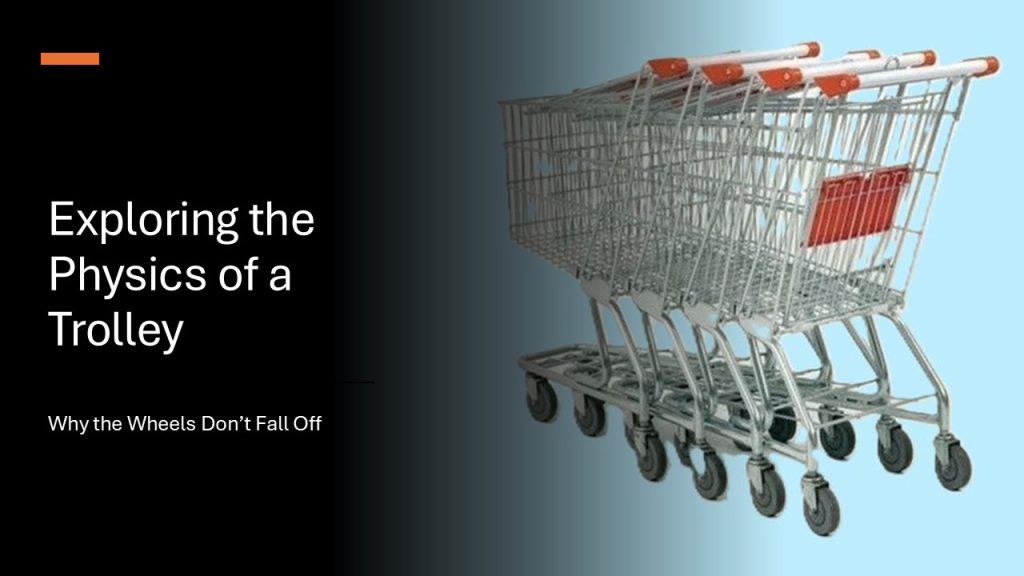Trolleys are an integral part of our daily lives, found in supermarkets, airports, and many other places. While they might seem straightforward, the mechanics behind why trolley wheels don’t fall off is rooted in some fascinating principles of physics and engineering. In this article, we will delve into the science behind trolley wheels, examining the forces at play, the design features, and the real-world implications of these concepts.
The Basics of Trolley Design
A trolley typically consists of a platform with four wheels, which allows it to glide smoothly across surfaces. The design of the trolley is crucial for its functionality and safety. Here are some key components of trolley design:
- Frame: The frame provides the structural integrity of the trolley.
- Wheels: Each wheel is designed to support the weight of the trolley and its load.
- Axles: These are rods that connect the wheels, allowing them to rotate while keeping them aligned.
- Bearings: Bearings reduce friction between the wheel and axle, facilitating smooth movement.
Understanding Forces at Play
The stability of trolley wheels can be attributed to several fundamental forces:
- Gravity: The force of gravity pulls the trolley downwards, creating friction between the wheels and the ground.
- Normal Force: As the trolley rests on a surface, the ground exerts an upward force, counteracting gravity.
- Friction: This force allows the wheels to grip the surface, preventing slippage and keeping the wheels in place.
The combination of these forces ensures that the wheels remain securely attached to the trolley. The design of the wheel and axle system is particularly important, as it must accommodate these forces without failure.
The Role of Wheel Geometry
The geometry of the wheels is another critical factor in preventing them from falling off. Trolley wheels are typically designed with:
- Circular Shape: This shape allows for efficient rolling, minimizing resistance and wear.
- Flanged Edges: Many trolley wheels have flanged edges that help keep the wheel centered on the axle and prevent lateral movement.
- Material Composition: The material used for the wheels affects durability and grip, with rubber being a common choice for its frictional properties.
Engineering Considerations
Engineers take various considerations into account when designing trolleys to ensure that the wheels do not fall off:
- Load Capacity: Trolleys are rated for specific weight limits to ensure stability and safety.
- Axle Length: Adequate axle length prevents excessive lateral movement of the wheels.
- Maintenance: Regular maintenance checks on the wheels and bearings can prevent wear that might lead to failures.
Real-World Implications
Understanding the physics of trolleys is not only fascinating but also has practical implications in various fields:
- Manufacturing: Insights from trolley designs can improve automated material handling systems.
- Transportation: The principles can be applied to vehicles, ensuring safety and efficiency.
- Consumer Products: Designing better shopping carts and luggage trolleys enhances user experience.
Conclusion
The physics behind why trolley wheels don’t fall off is a captivating blend of design, engineering, and fundamental forces. By understanding the components and principles involved, we can appreciate the ingenuity that goes into creating these everyday tools. From the load-bearing capabilities to the intricate details of wheel geometry, every aspect plays a critical role in ensuring safety and functionality. As we continue to innovate and improve our designs, the lessons learned from trolley mechanics will undoubtedly influence future developments in various fields.


